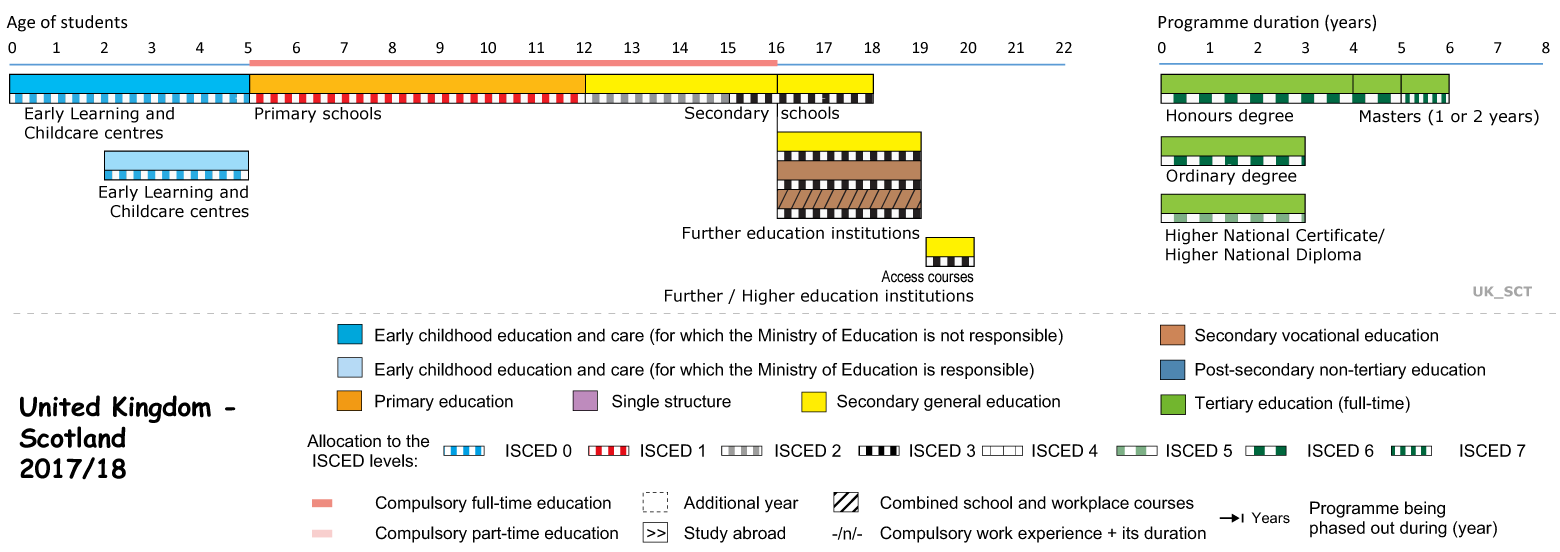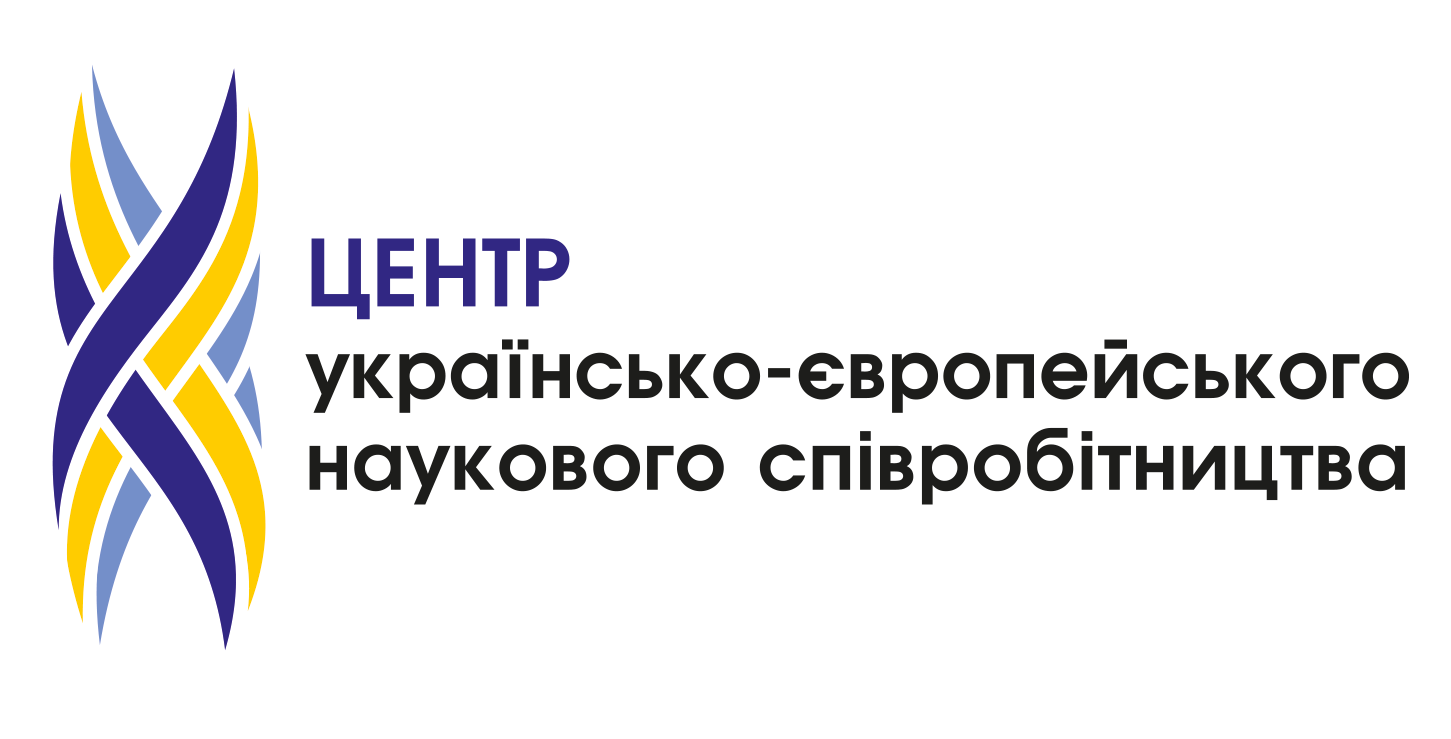 Key features of the education system
Key features of the education system
The Scottish education system has historically been different from other regions of the United Kingdom, characterised by a pursuit of consensus and a decentralisation of many aspects of the education system to local authorities. The Scotland Act 1998 gave the Scottish parliment legilsative control over all areas of education within Scotland.
Broad national policy for all aspects of Scottish education is laid down by the Scottish Government through the Cabinet Secretary for Education and Skills, and the Directorates for Learning; Children and Families; Advanced Learning and Science; and Fair Work, Employability and Skills. In terms of the curriculum, individual schools possess a large amount of discretion over what the students are taught in class (outside of the core subjects of health and wellbeing, literacy, and numeracy which have to be covered), with the Scottish government primarily providing general guidelines on the school curriculum.
Responsibility for organising and staffing provision within the Government’s broad policy guidelines is decentralised. Organisation and staffing of pre-school and school education are the responsibility of local government councils, which receive government funding and local tax revenues. They make their own decisions about the proportion of their funding to spend on education. There is a small amount of private educational provision in the schools sector.
Several agencies work in association with these directorates: Education Scotland supports quality and improvement in education; the Scottish Qualifications Authority develops, assesses and awards qualifications; the Scottish Funding Council is responsible for funding teaching and learning provision, research and other activities in colleges, universities and higher education institutions.
In terms of early childcare provision, there is an entitlement to a free, part-time early learning and childcare place for all 3- and 4-year olds whose parents wish it. Whilst compulsory education begins between the ages of 4½ and 5½ depending on when the child’s birthday falls.
Higher Education is provided by 16 autonomous universities and 3 Higher Education Institutions, which receive government funding through the Scottish Funding Council.
Adult Education includes training and further education in autonomous colleges (also funded by the Scottish Funding Council), and community learning and development provided by a range of bodies, including local councils.
Stages of the education system
Education is compulsory between the ages of 5 and 16. The stages of Scottish education are as follows:
ISCED 0: Early learning and childcare (optional): age 0-5; takes place in establishments of pre-school education providers in the public, private or voluntary sectors.
ISCED 1: Primary education (compulsory): age 5-12; takes place in Primary schools.
ISCED 2: Secondary education (compulsory): age 12-16; takes place in Secondary schools (comprehensive and (almost all) co-educational). 15 is seen as the transitionary stage between compulsary education, and the preparation for higher education.
ISCED 3: Upper Secondary education (optional): age 16-18; takes place predominantly in secondary schools, but can also take place in colleges; subjects are studied at different levels for National Qualifications.
ISCED 3: Vocational training: age 16+; undertaken with independent providers or in colleges; Scottish Vocational Qualifications.
ISCED 3: Further and higher education: age 16+ ; taken in colleges; courses are either non-advanced (further education) or advanced (higher education).
ISCED 5,6,7: Higher education: taken in higher education institutions (universities and colleges); courses comprise degree level, Higher National Certificate, Higher National Diploma and professional training courses, post-graduate degree level.
In 2016, the Scottish education system provided education for 684,415 school pupils in 2,542 (publicly funded) schools. In 2015/16 there were 227,258 students attending Scotland’s 26 colleges and 235,565 students enrolled at Scotland’s 19 higher education institutions. The total expenditure on education and training was £8,162 million in 2016/17 (the equivalent of 11.5% of total expenditure and 5% of Gross Domestic Product).
English is the official language of government, business, education, the law and other professions. It is spoken everywhere in Scotland, alongside Scottish-English (including various forms of modern Scots) in most areas and Gaelic in parts of the Highlands and many of the Western Isles. Gaelic is now taught at all levels of education.
For further information, please consult the introduction articles of ‘Organisation and Governance’ and of each educational level: ‘Early Childhood Education and Care’, ‘Primary Education’, ‘Secondary and Post-Secondary Non-Tertiary Education’, ‘Higher Education’ and ‘Adult Education and Training’.
For a brief description of other main topics regarding the national education system, please read the introduction article of ‘Funding in Education’, ‘Teachers and Education Staff’, ‘Management and other Education Staff’, ‘Educational Support and Guidance’, ‘Quality Assurance’, and ‘Mobility and Internationalisation’.
For information on recently adopted or planned reforms and policy measures, please consult the topic ‘Ongoing Reforms and Policy Developments’.
While Eurypedia provides comprehensive and comparable information, further information can also be found on the website of the Scottish Government, as well as those of Education Scotland, Skills Development Scotland, the Scottish Qualifications Authority, the Scottish Funding Council, and Universities Scotland.
Structure of the national education system
Resource: https://eacea.ec.europa.eu/national-policies/eurydice/content/united-kingdom-scotland_en









